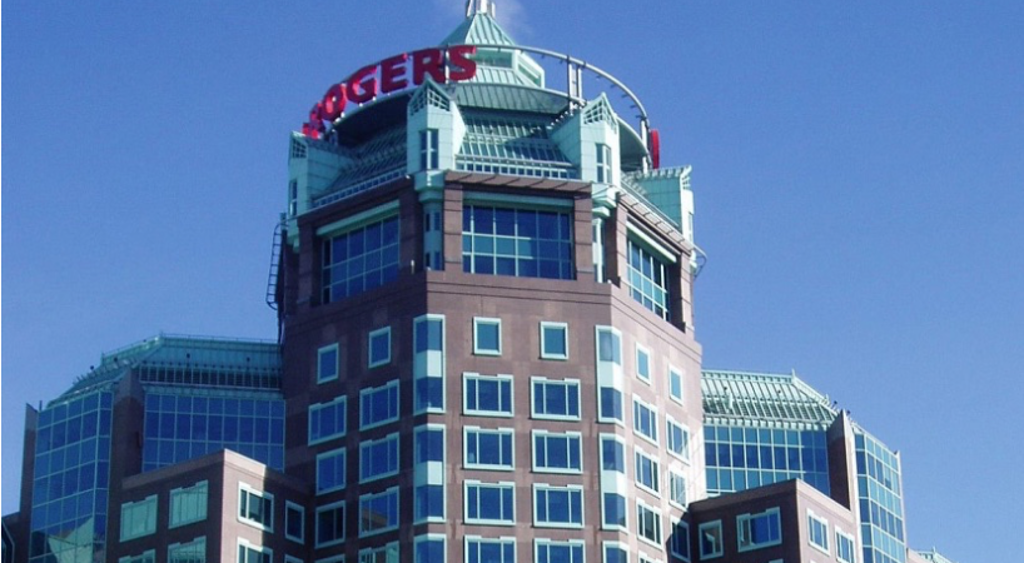Rogers finds MVNO decision “helpful”, reports slight increase in profits
News | 04/21/2021 5:05 pm EDT
For Rogers Communications Inc. CEO Joe Natale, last week’s CRTC decision on mobile virtual network operators (MVNOs) will provide certainty for the industry “and Rogers can proceed with investments, knowing that the government is supportive of facilities-based competition and facilities-based approach to our market.”
“We’ve been waiting for that decision for a while, and that degree of certainty is very helpful and underscores that investment matters and underscores that we are looking to build the capability in Canada, allows investment to reach far into rural Canada, and allows investment to continue to allow leadership on a global basis,” Natale said on a first quarter earnings call with analysts Wednesday.
Natale said Rogers is “completely aligned” with the government from a consumer affordability perspective, and if the Rogers-Shaw merger were to go through the company would expand out West.
The company reported a revenue increase of two per cent for its first quarter, totalling nearly $3.48 billion for the three months ending March 31, up from $3.41 billion this time last year, along with a three per cent increase in profits, totalling $361 million for the quarter, up from $352 this time last year.
The first quarter results come just two days after the company experienced a large wireless outage it said was caused by an Ericsson AB software update.
President and CEO Joe Natale said he was “deeply disappointed” in the situation and that the company “worked very hard to earn the trust of our customers, and we’re going to work very hard to earn it back.”
Rogers reported adding 44,000 subscribers in wireless postpaid services — “a solid result given Q1 is typically a quiet quarter,” according to Natale — and a 56,000 subscriber decline for its prepaid services. The postpaid wireless additions represent a big bump from the six thousand the company lost in the same quarter last year, the first quarter to feel the effects of the early COVID-19 lockdowns. The company has a total of 9.73 million postpaid wireless subscribers.
The monthly average revenue per user (ARPU) for its wireless subscribers was $49.09, down by $3.76 from 2020.
Rogers also netted 14,000 new cable internet subscribers, 3,000 less than it added in the first quarter of 2020, and a net addition of 58,000 Ignite TV subscribers, a 33,000 decline from last year.
Service revenue saw a six per cent decline year-on-year “mainly as a result of lower roaming revenue due to continued global travel restrictions” and lower overage revenue as a result of the adoption of its unlimited data plans, according to Natale, who added that the company now has 2.6 million subscribers on the unlimited plans, a 60 per cent increase from last year.
The second quarter results are expected to be the last which “the overage declines will materially impact the year on year service revenue and ARPU measurements” as Rogers transitions to unlimited plans, according to chief financial officer Tony Staffieri
Total service revenue declined by one per cent as it was offset by a five per cent growth for its cable services, driven by an increase in its ARPA ($133.95 in 2021 compared to $128.91 in 2020) and more customers transitioning to its Ignite internet and TV offerings. Media services saw a seven per cent increase “driven by increased advertising spending as a condensed 17 week NHL broadcast schedule started to unfold,” according to Natale.
Natale noted that the sports and media areas of the business will feel increased pressure in the coming months “with the lack of Toronto Blue Jays home games at the Rogers Centre and associated revenues those games bring in.” Despite the setbacks caused by the pandemic, Staffieri said that this year’s second quarter should see stronger margins, as opposed to last year’s volatile quarter.
The first quarter results also come less than a week after the CRTC released its decision on MVNOs.
Industry analyst, Adam Shine, wrote last Friday that Rogers may want to move quicker “than national peers into new MVNO wholesale arrangements to showcase its willingness to support competition in the wireless sector,” as regulators are currently reviewing its $26.2 billion acquisition of Shaw Communications Inc.
Natale said he expects the deal to close in the first half of 2021 and Rogers will continue working with the various regulatory bodies as they review the merger and “with the government to ensure we maintain an environment which allows for continued investment.”
Shaw reported on its Q2 results last week which did not include any financial impacts of the proposed acquisition. It’s revenue was up by $24 million from about $1.36 billion in Q2 2020 and brought in $217 million in profit, a spike of 29.9 per cent from the second quarter of 2020.
– Reporting by Jenna Cocullo at jcocullo@thewirereport.ca, and editing by Michael Lee-Murphy at mleemurphy@thewirereport.ca

